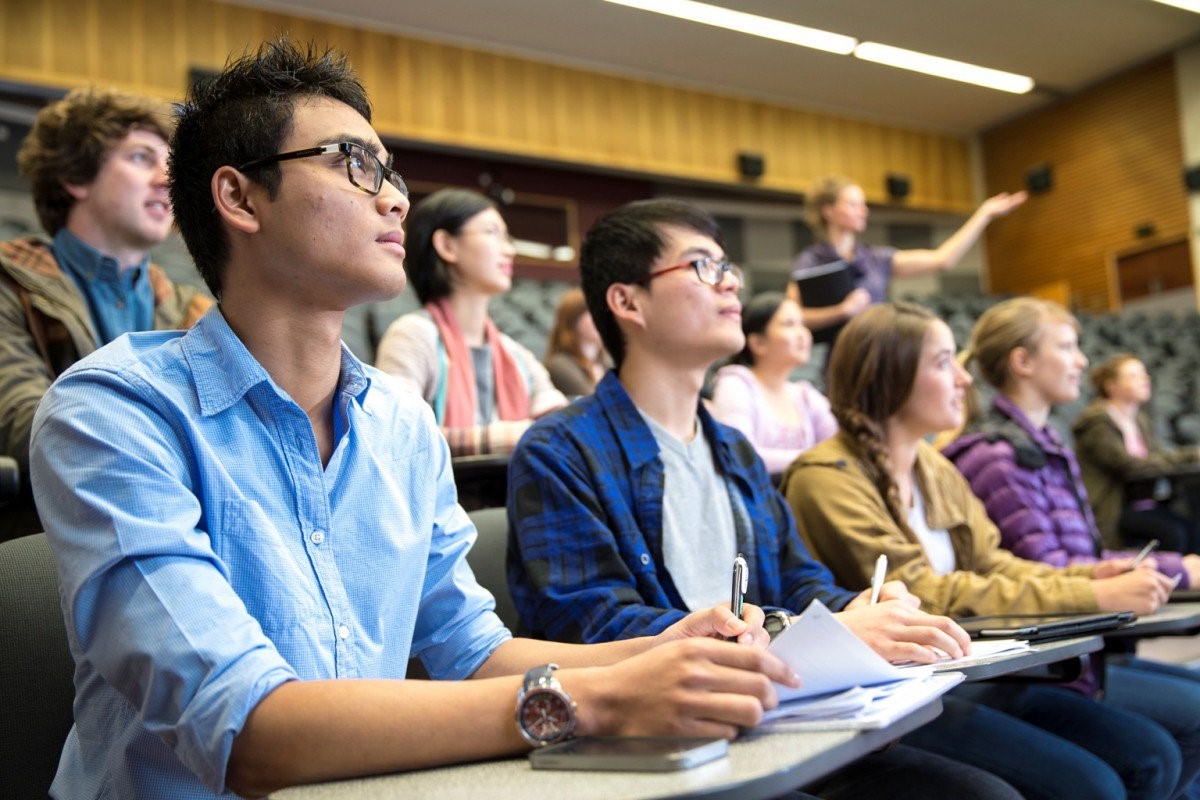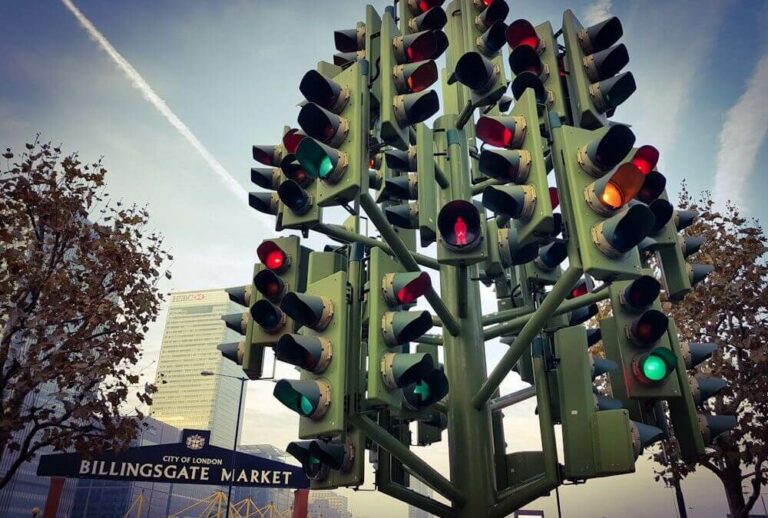Having economic
stability and maintaining high living standards starts and ends with
an educated workforce. If the next generation is equipped with strong
reading, math and science skills, they can compete in today’s
tech-driven world. With that in mind, we’ve used facts and figures
from the National Center on Education and the Economy (NCEE) in order
to create a list of countries that provide the best high school
education in the world. Think you’re smarter than a 10th grader?
Unless you come from one of these 10 countries, consider us
skeptical.
10. New Zealand
New Zealand might
not rank as highly as some of these other countries, but it still
made the list due to improvements in achievement levels. For
instance, from 2012 to 2015, the country advanced from 13th to 10th
in reading, 18th to 12th in science, and from 23rd to 21nd in math.
Okay, so that last one is kind of… meh. Anyway, in recent years the
government as undertaken sweeping reforms that focus on enhancing the
professional development of the teachers as well as encouraging
collaboration. Also, fun fact: the sheep population in New Zealand
outnumbers the human population by a ratio of nearly 8:1. This has
absolutely nothing to do with this article, but you can’t deny it’s
mighty impressive.

9. The
Netherlands
The Netherlands has
a very unique system of education for which there is no counterpart.
For instance, any individual or organization – private, public,
religious – is allowed to open their own school and all receive
equal amount of funding. Furthermore, they have complete autonomy
over their hiring processes and are free to develop their own
curriculum as long as they fulfill government guidelines and offer
certain required subjects. They also have free, universal education
starting at the age of 4. It has certainly paid off: students here
rank 11th in the world in math and 15th in both reading and science.

8. Estonia
Considering that
Estonia had a lot of catching up to do since declaring independence
from the USSR in 1991, it’s remarkable that their system of
education is not merely on par with the industrialized world, but in
many cases is actually better. Compared to their EU counterparts,
Estonia ranks tops in science, 2nd in math, and 3rd in reading. An
important factor that has helped Estonia’s economy grow tenfold
since gaining independence has been their focus on educating their
youth in high-tech and high-skill fields. As a result, the country
has become quite an IT hub.

7. Canada
Canadians might have
silly accents, but their kids are pretty damn smart, ranking 2nd in
the world in reading, 7th in science and 10th in math, according to
recent figures. Much of the country’s success lies in how
decentralized its system of education is, with the governments in
each of the 10 provinces and 3 territories being responsible for
curriculum development and determining education priorities that best
suit their residents. What’s particularly interesting about
academic achievement among students in Canada is that you won’t
find much disparity in scores in terms of racial, ethnic or
socioeconomic status, in contrast to their neighbors to the south.

6. Finland
Finland has
developed such a solid reputation for their education system that the
Ministry of Education has actually created an agency whose sole
function is to show interested foreigners how they do it. The Finns
rank 4th in reading, 5th in science and 13th in math, and while there
is no single explanation for why Finland is so successful, it is
clear that they invest a lot in their teachers, and the communities
have a great deal of trust in their schools. It probably doesn’t
hurt that all of the schools follow a national curriculum, which
makes it easier for them to tinker around and make adjustments on a
broad scale when seeking to improve educational outcomes.

5. South Korea
During the first
half of the 20th century when Korea was under Japanese colonial rule,
Koreans weren’t allowed to get an education past primary school. As
a result, 80% of the country was illiterate and upon gaining
independence following WWII, there weren’t any teachers since
nobody had the academic qualifications to do the job. The war between
the North and South made things only worse. But by the mid-60s,
illiteracy had been practical eliminated, and South Korea began to
emerge as the economic powerhouse that it’s become today. South
Korean students rank 7th in reading and math, and 11th in science. In
addition, a full 98% of all students graduate from high school, the
highest percentage in the world.

4. Japan
Given the reputation
of the Japanese for being hardworking and high-achieving, it’s not
a surprise that they made this list. They rank an impressive 2nd in
the world in science and 5th in math, which probably brings them
great shame and dishonor because, of course it would. One of the
reasons why they have so much success is because students aren’t
merely taught to memorize information, there is a lot of stress on
using problem-solving skills and applying concepts that they’ve
learned.

3. Taiwan
Taiwan, also known
as the Republic of China, and China, aka the People’s Republic of
China, have a pretty complicated relationship. The post WWII civil
war brought communism to the mainland, causing the defeated
nationalists to flee to the island of Taiwan, and today both claim to
be the legitimate government of the Chinese people. Economically,
Taiwan is thriving, with a tech-heavy industry leading the way.
Taiwanese students rank 4th in the world in science and math, and
23rd in reading.

2. Hong Kong
Since becoming
reincorporated into China in 1997, Hong Kong has maintained a “One
country, two systems” policy. One of the differences that
distinguishes Hong Kong from the mainland is the belief that there
should be minimal intervention of the government in the schools. In
addition, rather than focusing on rote memorization, Hong Kongers
learn how to apply concepts and demonstrate their skills in ways that
are practical and ultimately help drive the island’s high-tech and
financial-based economies. Students here rank 2nd in the world in
reading and math, and 9th in science.

1. Singapore
Just 50 years ago, Singapore was an economic backwater with no industry and where the majority were illiterate. Today, it is one of the richest countries in the world, due in no small part to its high quality education. The Education Ministry is responsible for training teachers and putting together the national curriculum, and local superintendents are made up of former principals who excelled at their jobs. In spite of the country’s rigorous academic standards, a whopping 96.7% of students graduate from high school. Not surprisingly, the students here rank 1st in reading, math and science.














+ There are no comments
Add yours